Legendary Letter Car!
— 300-F DEBUTS WITH NEW POWERFUL 413 ENGINE
— FINS ARE STILL BIG STYLING FEATURE
— FIRST YEAR OF UNIBODY CONSTRUCTION
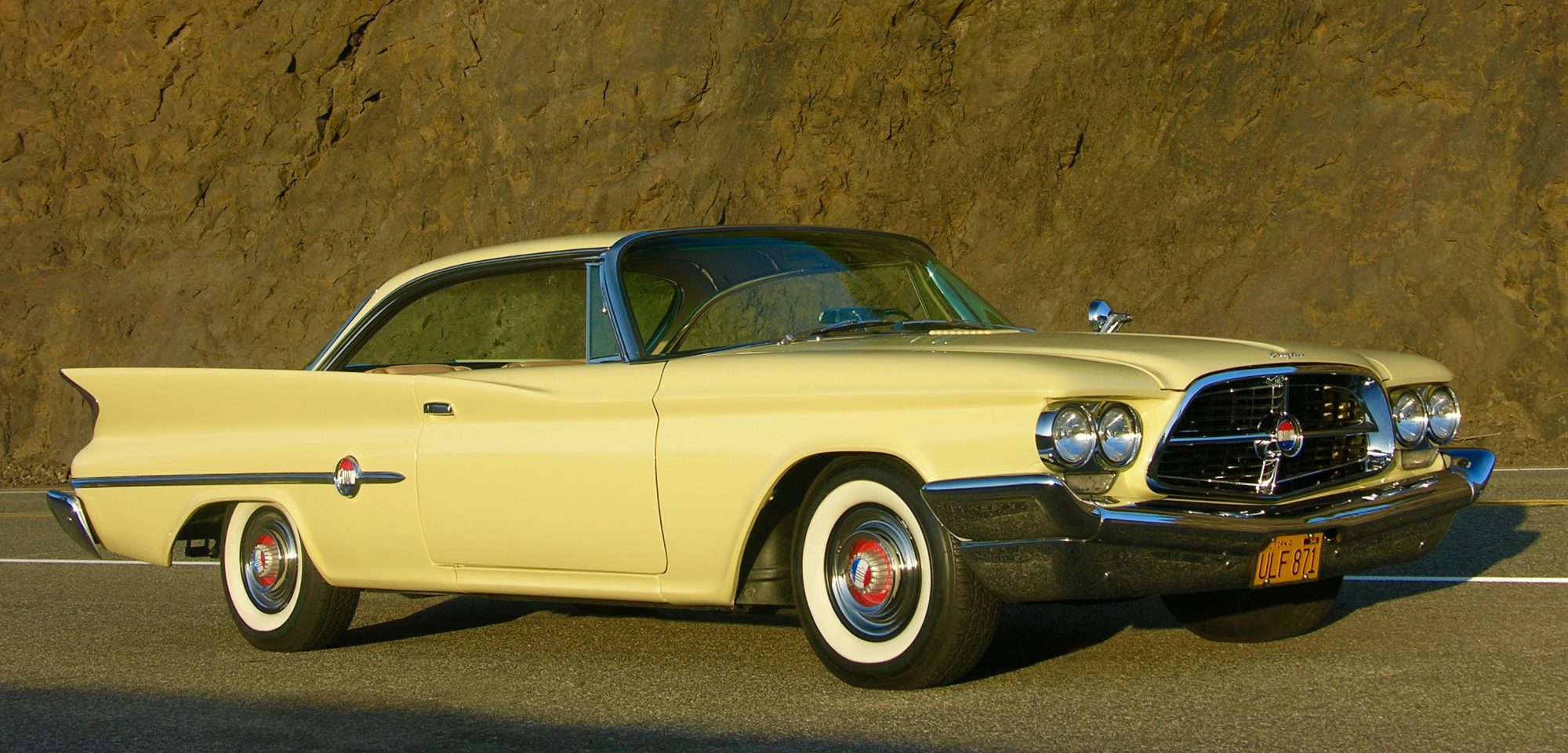
“The 1960 300-F is once again the undisputed World’s Champion of sedans,” said Tom McCahill in his May 1960 Mechanix Illustrated road test article. He was so impressed with the Chrysler Letter Car for that year that he went out and bought one, canceling the existing order he had for a top-of-the-line Imperial. McCahill summed it up by boldly stating the following: “The 300-F is the hottest sedan ever built in the history of the world — and that takes in all countries including Iceland.”
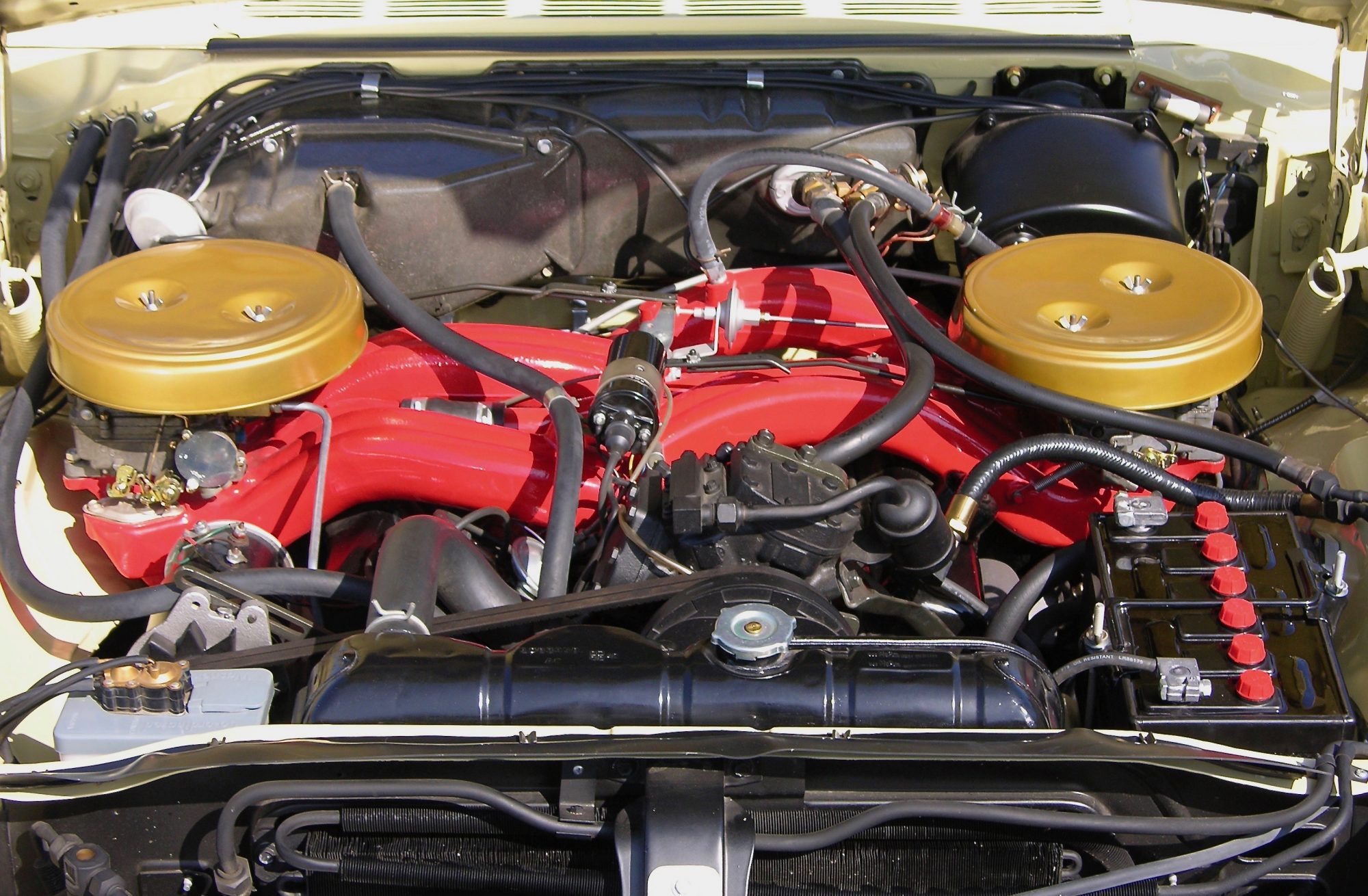
SPECIAL VERSION: 413 WEDGE
Sixth in the series of special high-performance Chryslers, the 300-F was introduced on January 8, 1960 and was offered either as a hardtop or convertible. Standard equipment on the car was a special “long ram” (tuned induction) 413-cubic-inch wedge engine. This powerplant used 10.1:1 compression ratio pistons (4.18” bore, 3.75” stroke), incorporated a drop forged steel crankshaft and developed 375 horsepower at 5,000 rpm with an impressive 495 ft-lbs of torque at 2800 rpm.
300-Fs came with 2.08” intake valves along with 1.60” exhaust valves, with a high-performance camshaft (.430 lift, 268-degree duration), heavy-duty valve springs and dampers, dual point distributor, low restriction 2¼-inch dual exhaust plus fluid fan drive, which increased power by limiting maximum fan speed.
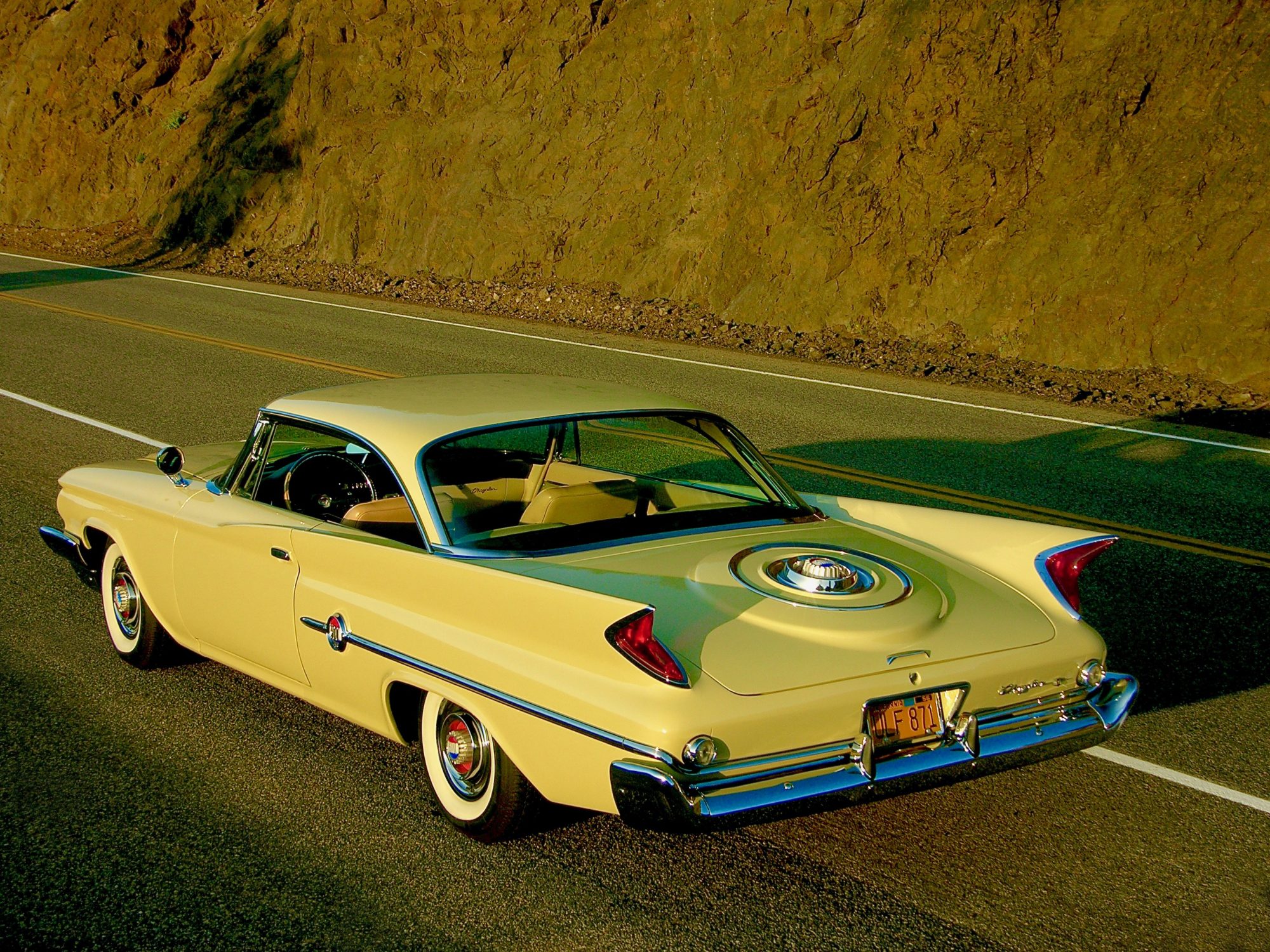
FINS ARE IN! (STILL)
The body style of the new ’60 Chrysler was a sleek Virgil Exner design and in typical late ’50s/early ’60s style, its large rear fins (canted) were integrated into the design theme.
FAST CAR, LEGENDARY MODEL – VERSION F
When McCahill was testing the 300-F at Daytona Beach during the 1960 Speed Week, here’s what he experienced with the powerful Chrysler: “On many occasions during Speed Week (when I was testing out the traps on the beach for possible danger spots before letting any of the contestants run), I’d suddenly belt it all the way while cruising at 75-80 mph and the car would actually wheelspin and then whip forward like a missile — 90, 100, 125 mph in a matter of just a few hundred feet!”
STYLISH INTERIOR
The dashboard layout was major “Buck Rogers” in design and the gauges were lit up in a new fashion. “Words cannot adequately describe the Panelscent lighting; it must be seen to be appreciated,” is how Hot Rod’s Ray Brock summed up the unique dash lighting. The “Astradome”, as it was called in factory lingo, was front and center of the driver, and the 300-F’s came with a 150-mph speedometer.
Their were four individually contoured leather bucket seats, separated by an 11-inch-tall (front seat area) full-length center console. Toward the back of the interior, the console lowered to about half the height. Dual storage compartments/armrests, ashtrays and controls for the power windows were fitted to the console. The front buckets swiveled (six-way power was optional) and the steering wheel featured a slightly flattened lower portion to aid in driver entry/exit.
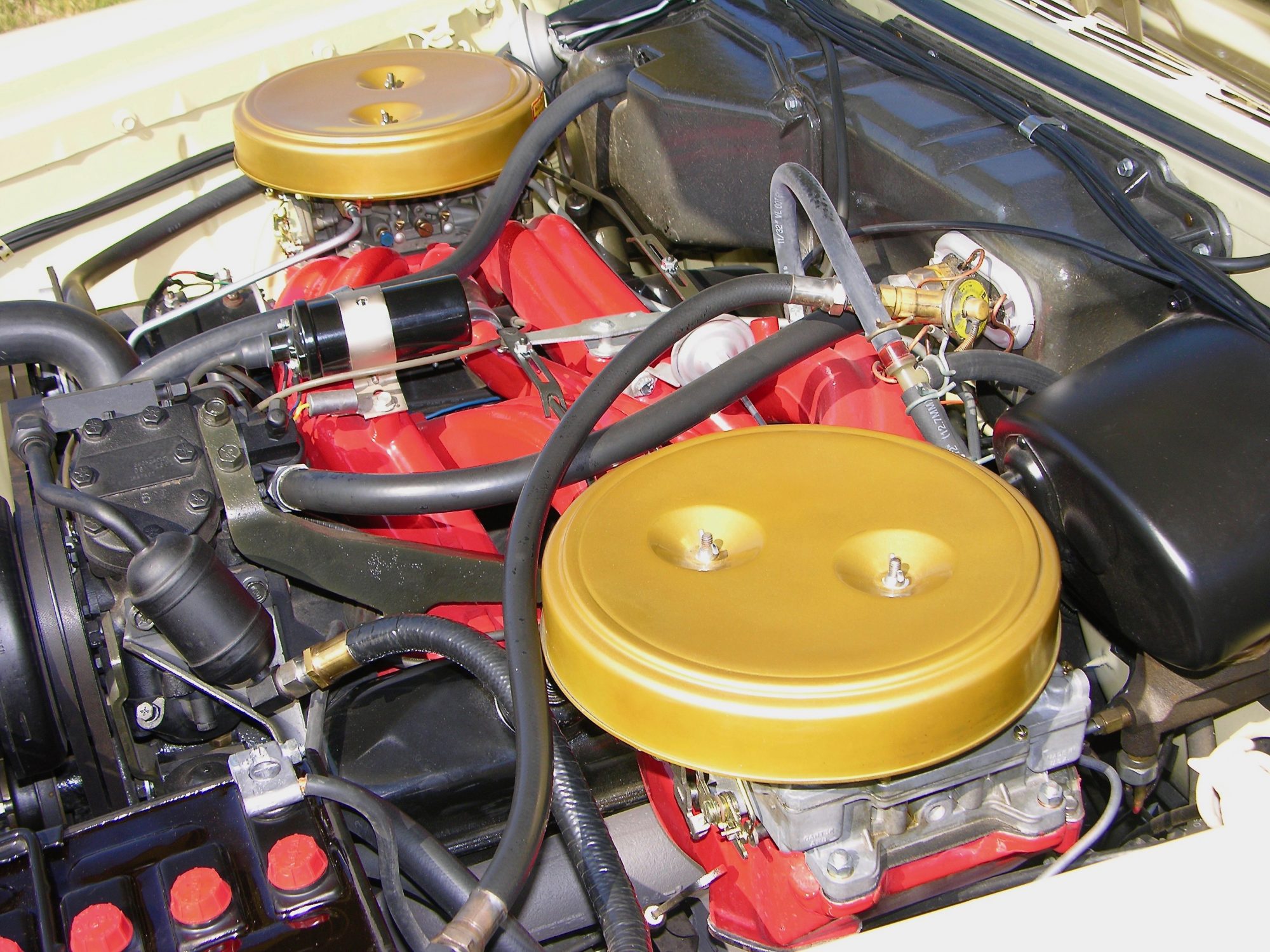
Chrysler’s ad agency didn’t hold back when they talked about the potent 300-F. Here’s the copy used in the sales brochure:
Turn the key. The “F” bursts into a throaty baritone. Heads turn, you tingle. A touch of the toe proves more. This car means what it says! For the 300-F’s brilliantly engineered Ram-Injection V-8 is a strong and willing servant. Look long. Look careful. This engine’s built for moving. And you don’t need an engineering degree to know it!
DETAILS MATTER!
The attention to detail was astonishing on this project, as a great deal of effort went into all aspects of the car during the entire rebuilding process. No part was overlooked in terms of making it all “correct” and to 1960 original condition.
And while searching for various parts during the restoration, a set of “NOS” (new old stock) Mopar® packaged XJ-7 spark plugs were obtained; talk about going to distance for authenticity!
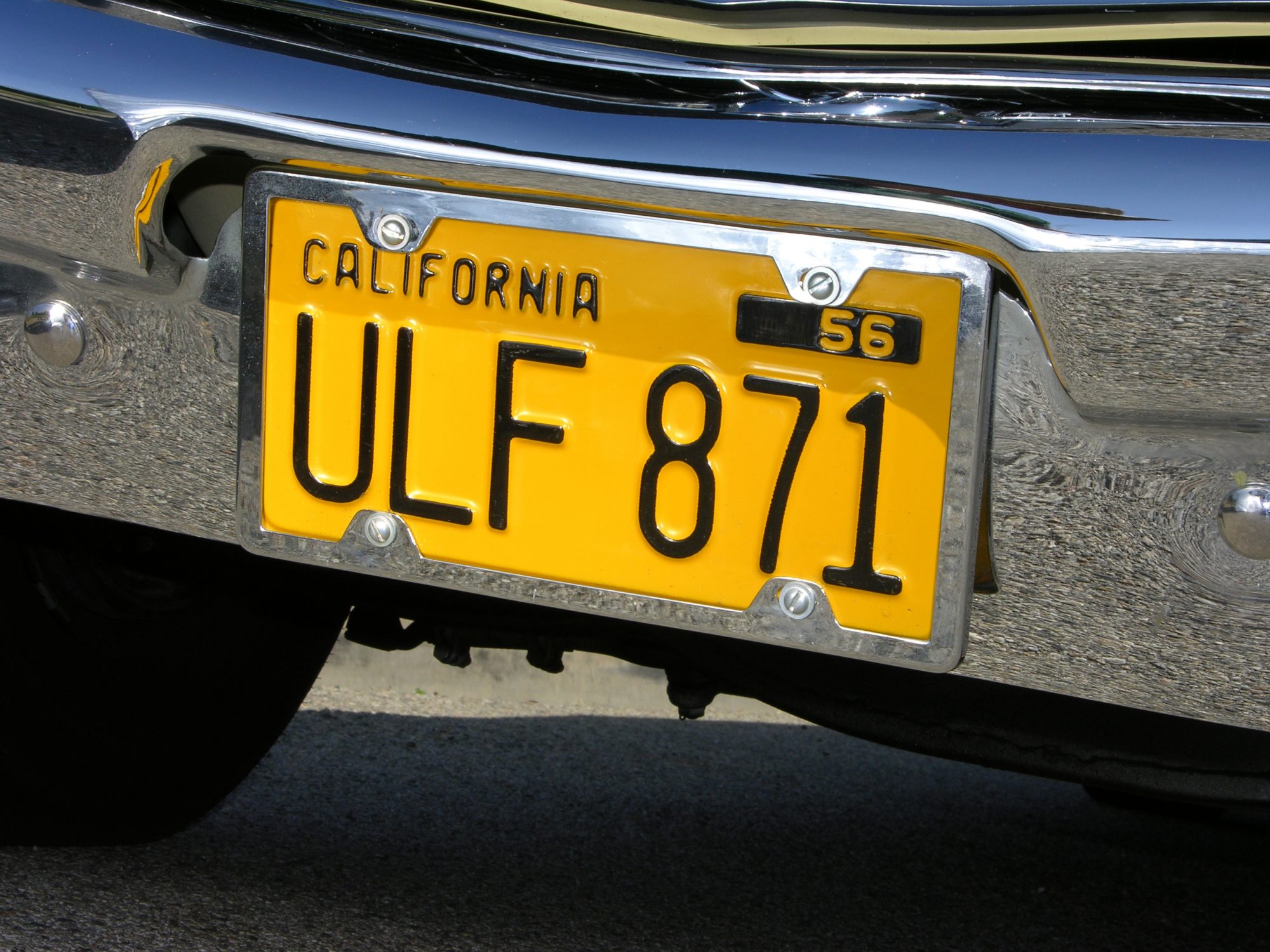
CALIFORNIA CAR
Being a California car is always a bonus, less chance of rust! The plates are authentic as well; these “1956” plates that were issued by the DMV were actually used all the way through 1962.
LONG RAM INTAKE
The real heart of the 300-F mill was the “Ram Injection” intake system crisscrossing over the top of the engine. The Chrysler engineers found that 30-inch-long intake tubes (1 7/8” x 1 1/8” inside dimensions) worked best for this application, and the extra-long runners supplied what was described as “free” supercharging. The special ram-tuning feature was equal-length in design and ran from the cylinder heads across the top of the engine, and approaching into the inner fender areas!
PRODUCTION NUMBERS
In all, there were 964 300-F hardtops produced (and 248 300-F convertibles) and base price for the hardtop was $5,411.00, with the drop-top version going for $5,814.00. These cars were no lightweights (4,640 pounds curb weight) and as described by Jeffries Oldmann in the April 1960 CARS Magazine report, when talking about if the 300-F is a “sports car”, he quipped: “Is it a sports car? With a 126-inch wheelbase under a body two-and-a-half-yards longer than that, with power brakes and steering, 9.00 x 14 tires and 413 cubic inches of piston displacement, it’s more like a runaway locomotive.”
Here’s the 300-F explained by Chrysler Chief Engineer Bob Rodger:
Author: James Maxwell

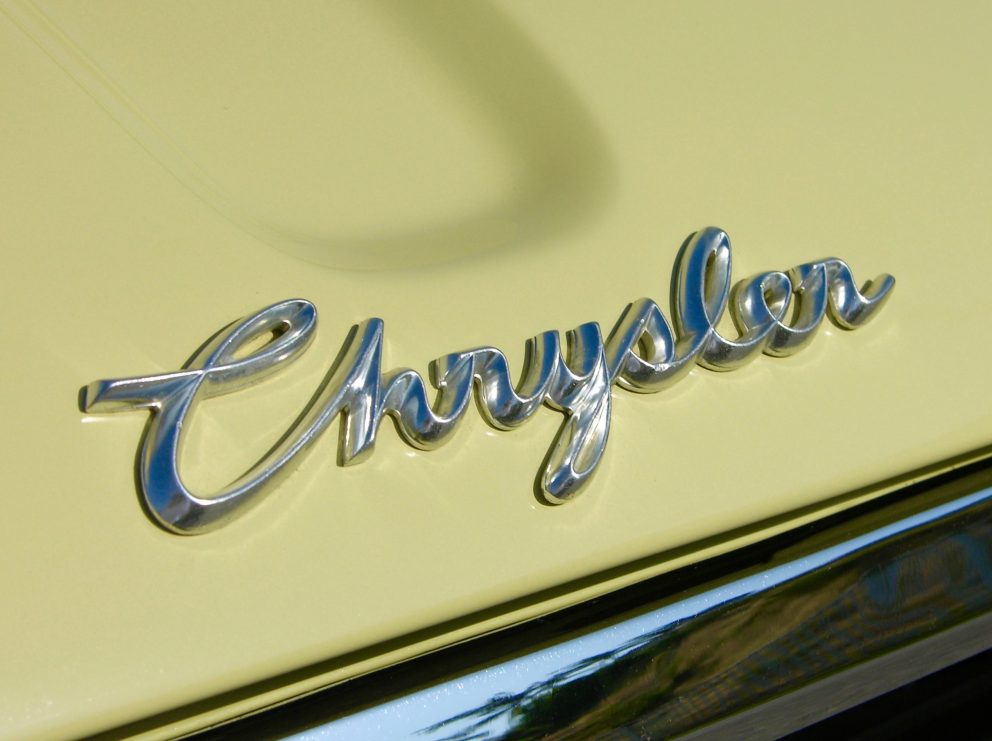
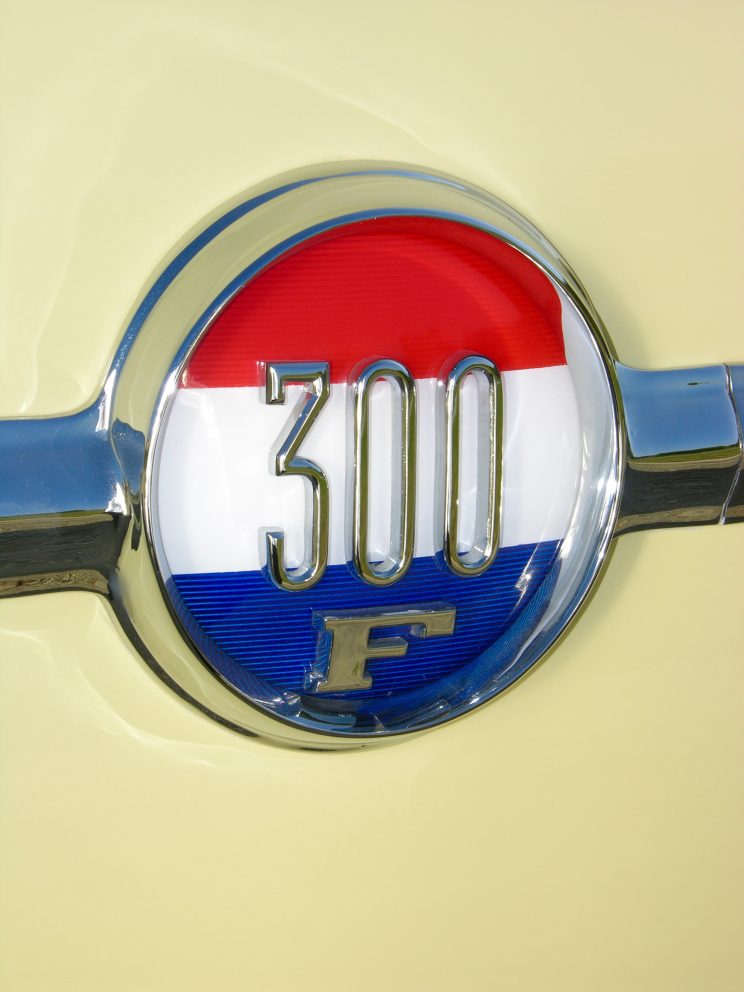
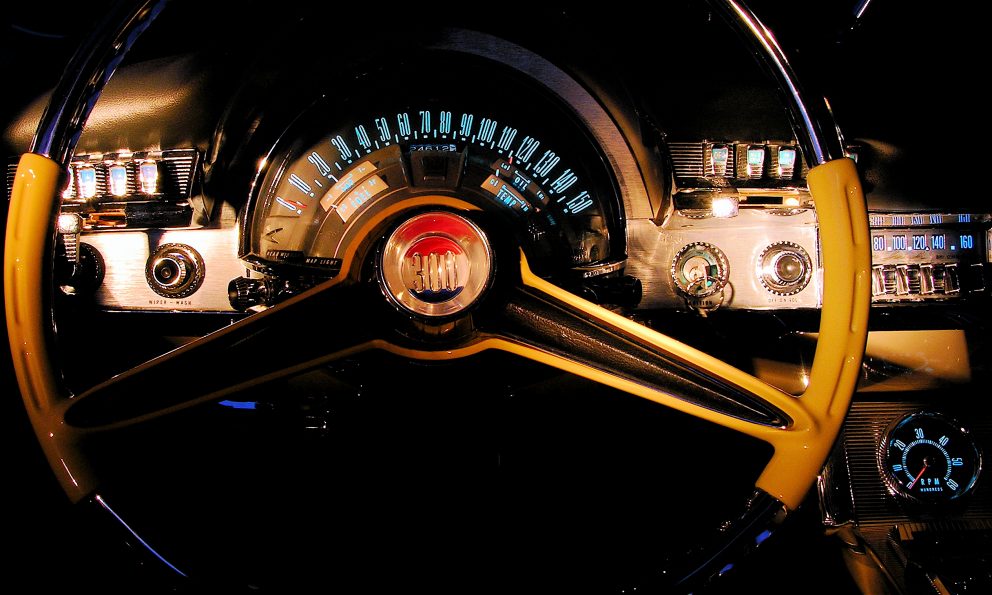
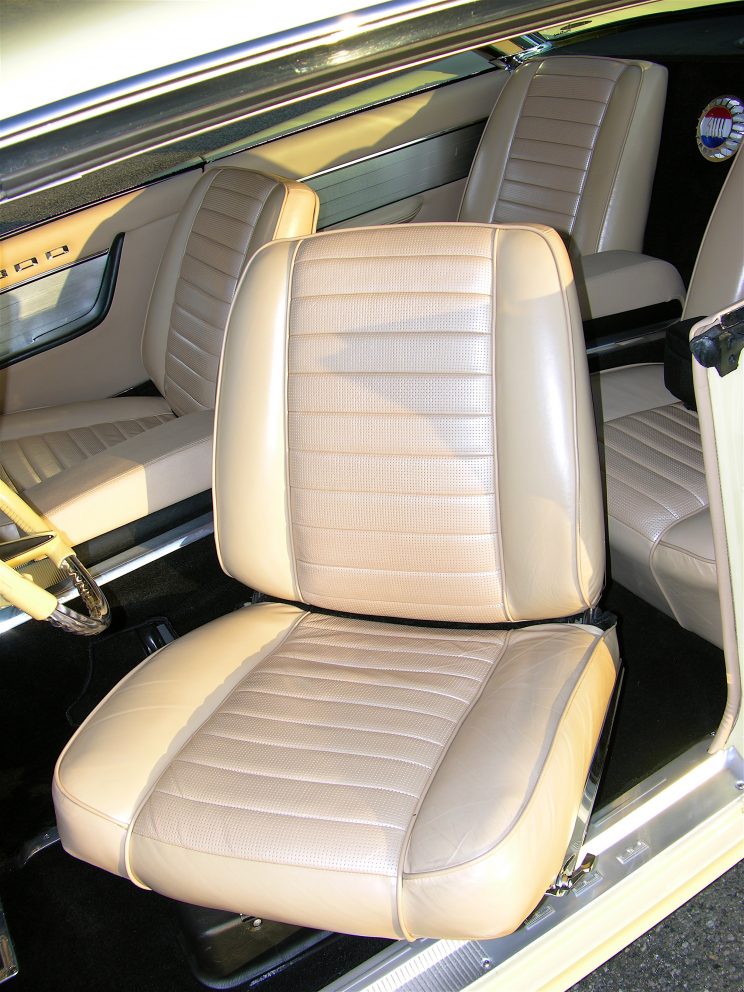
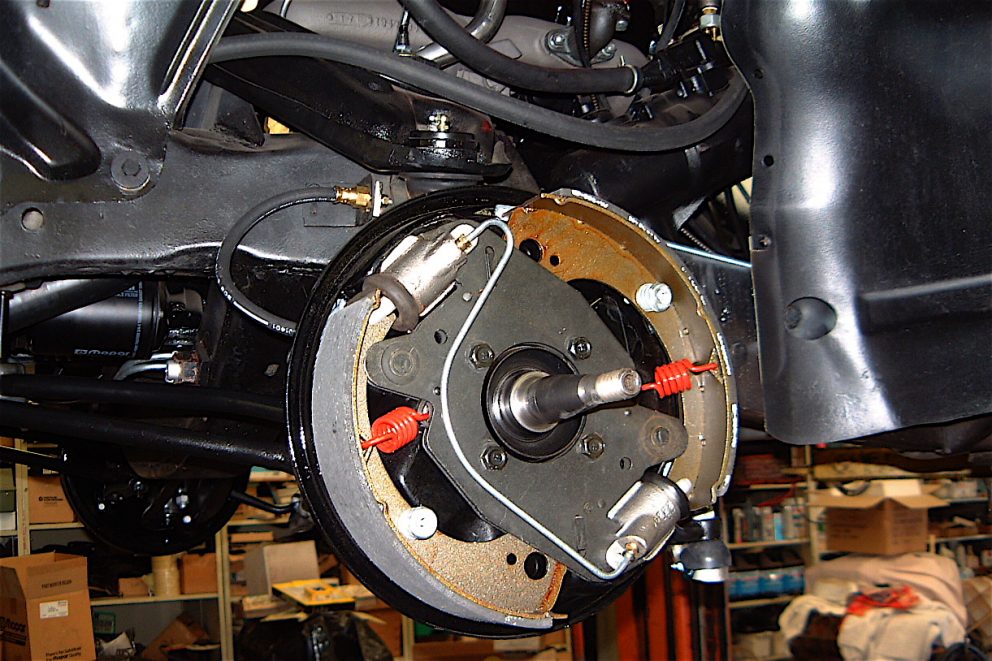
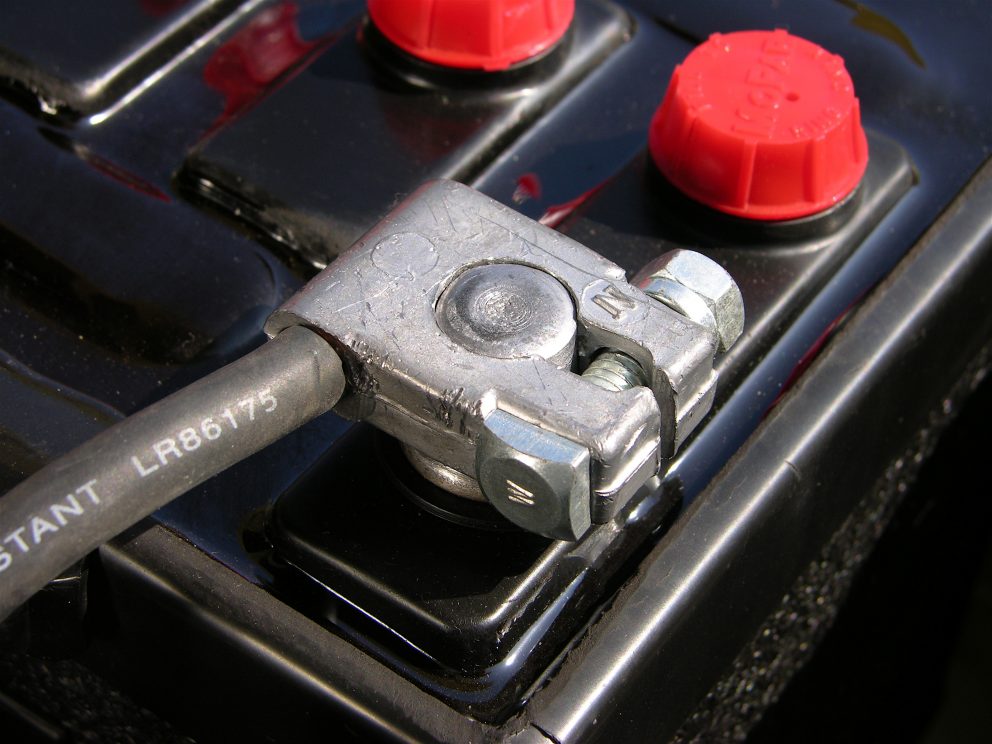
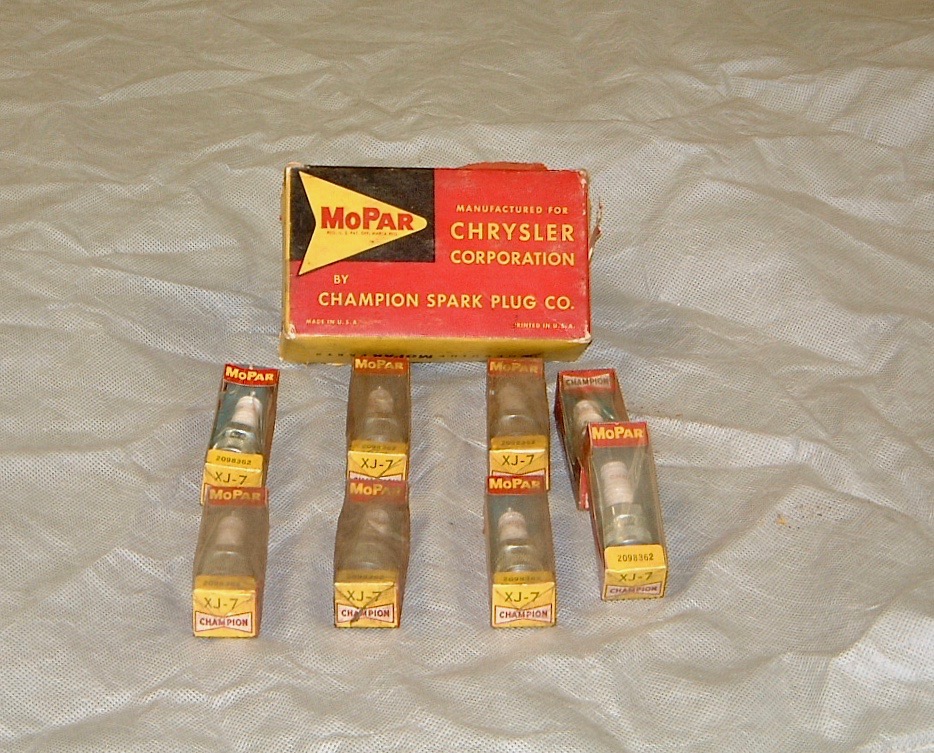
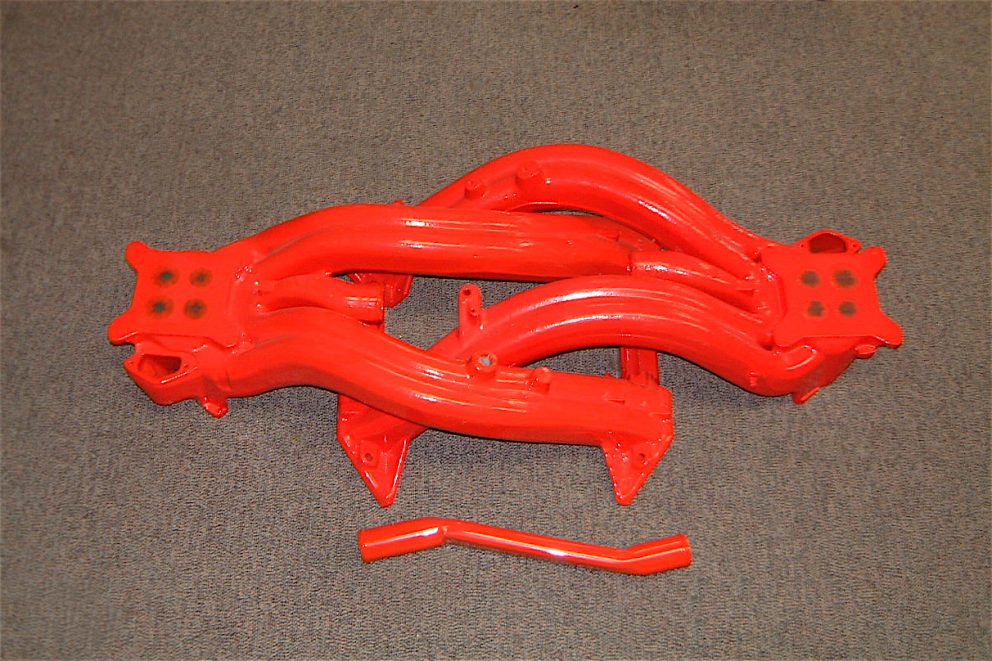
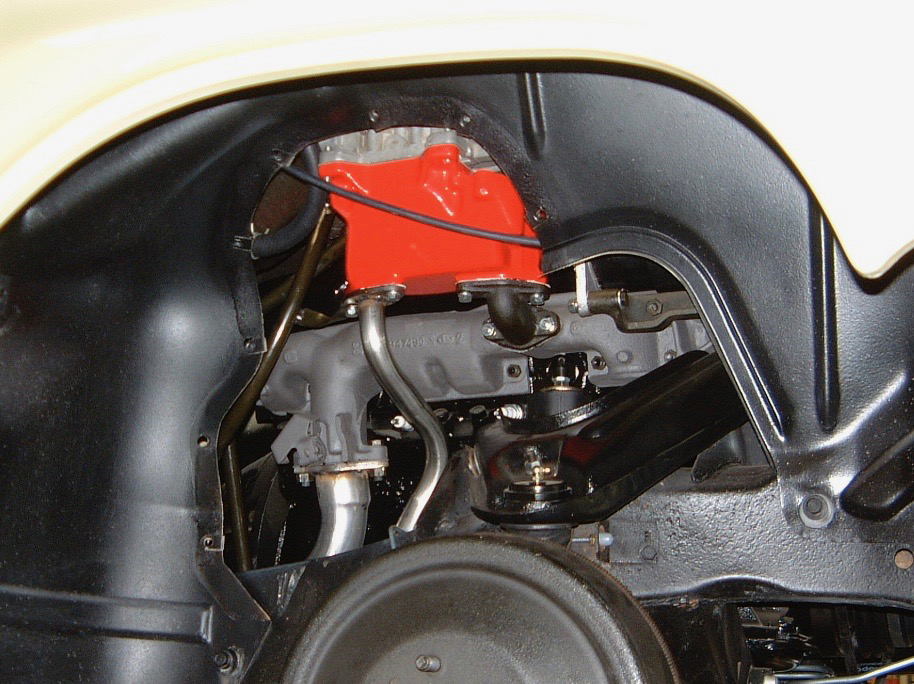
0 Comments